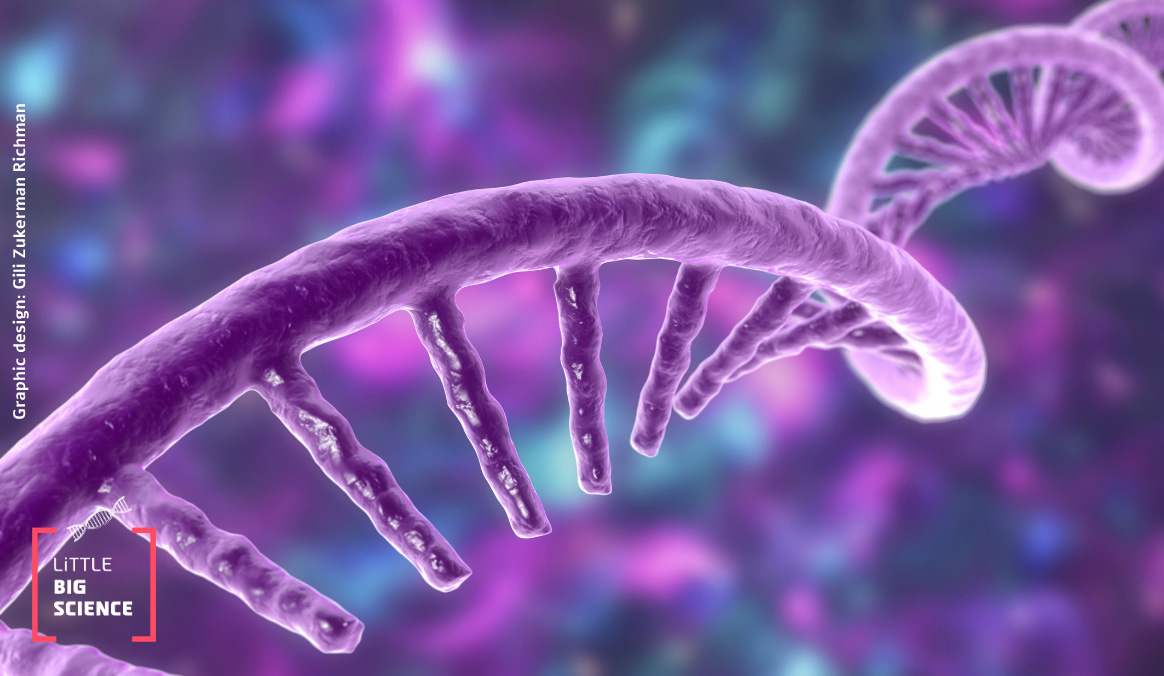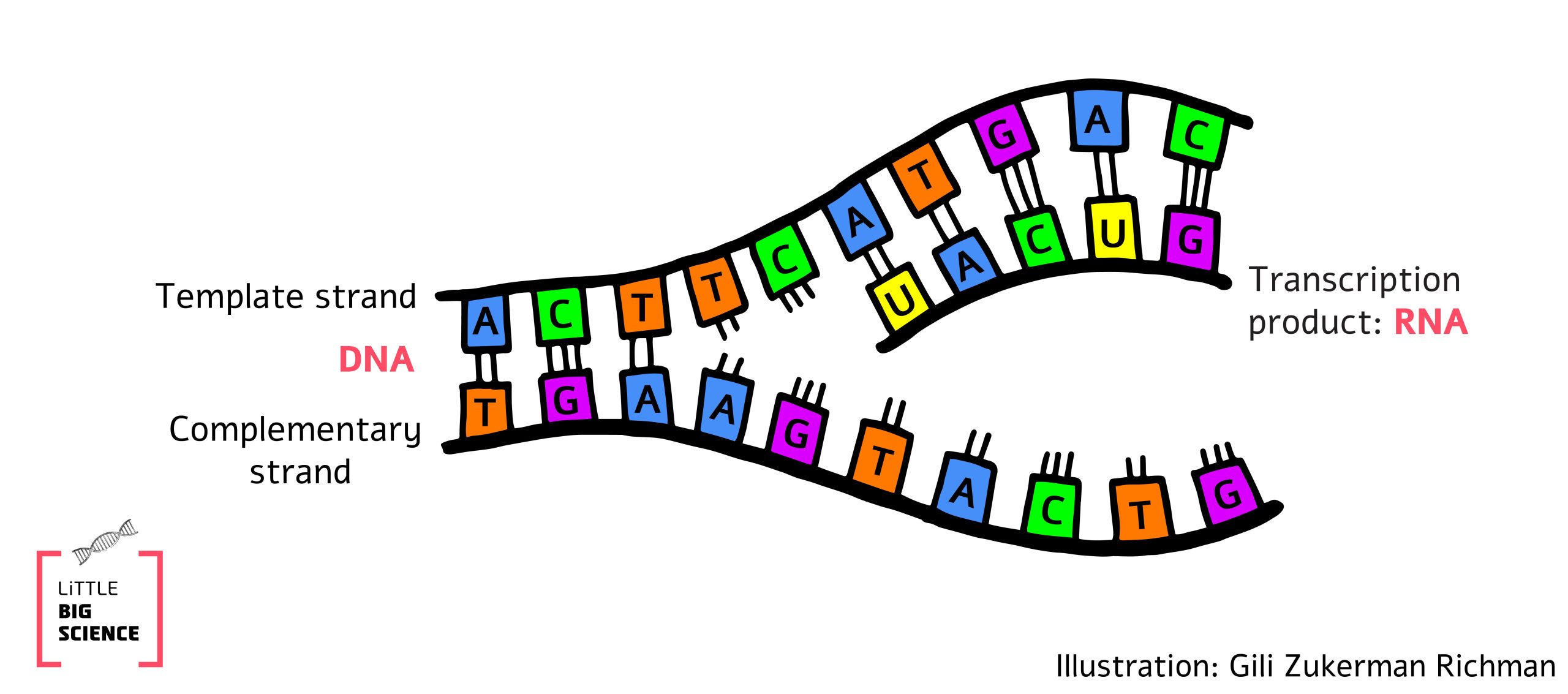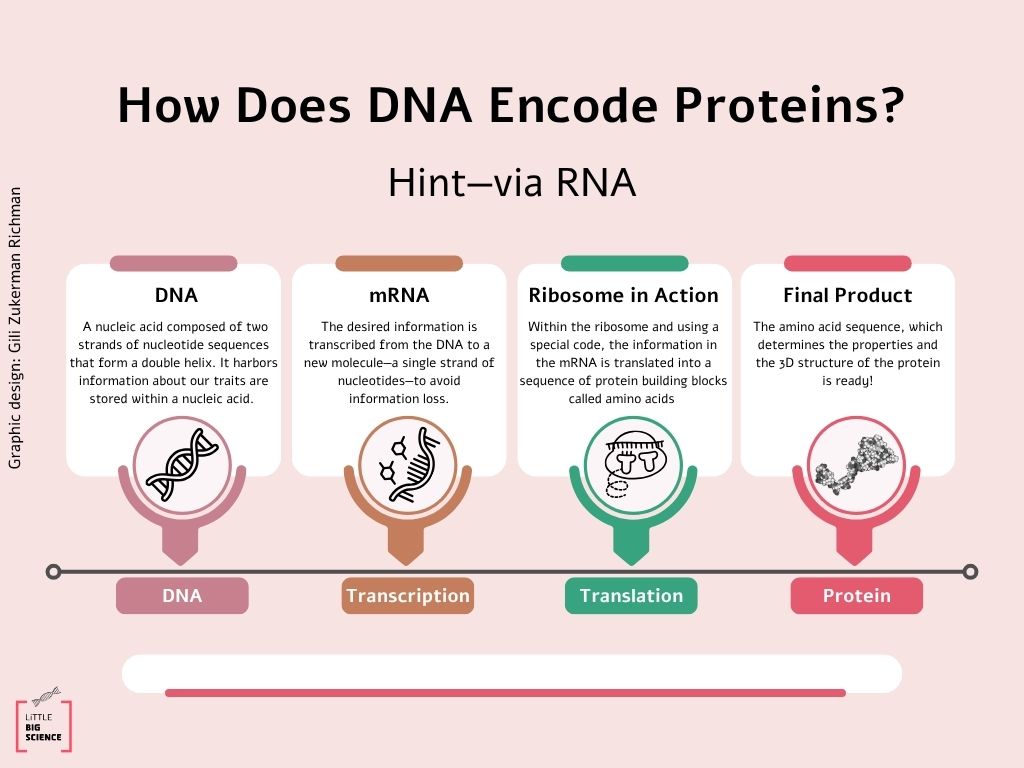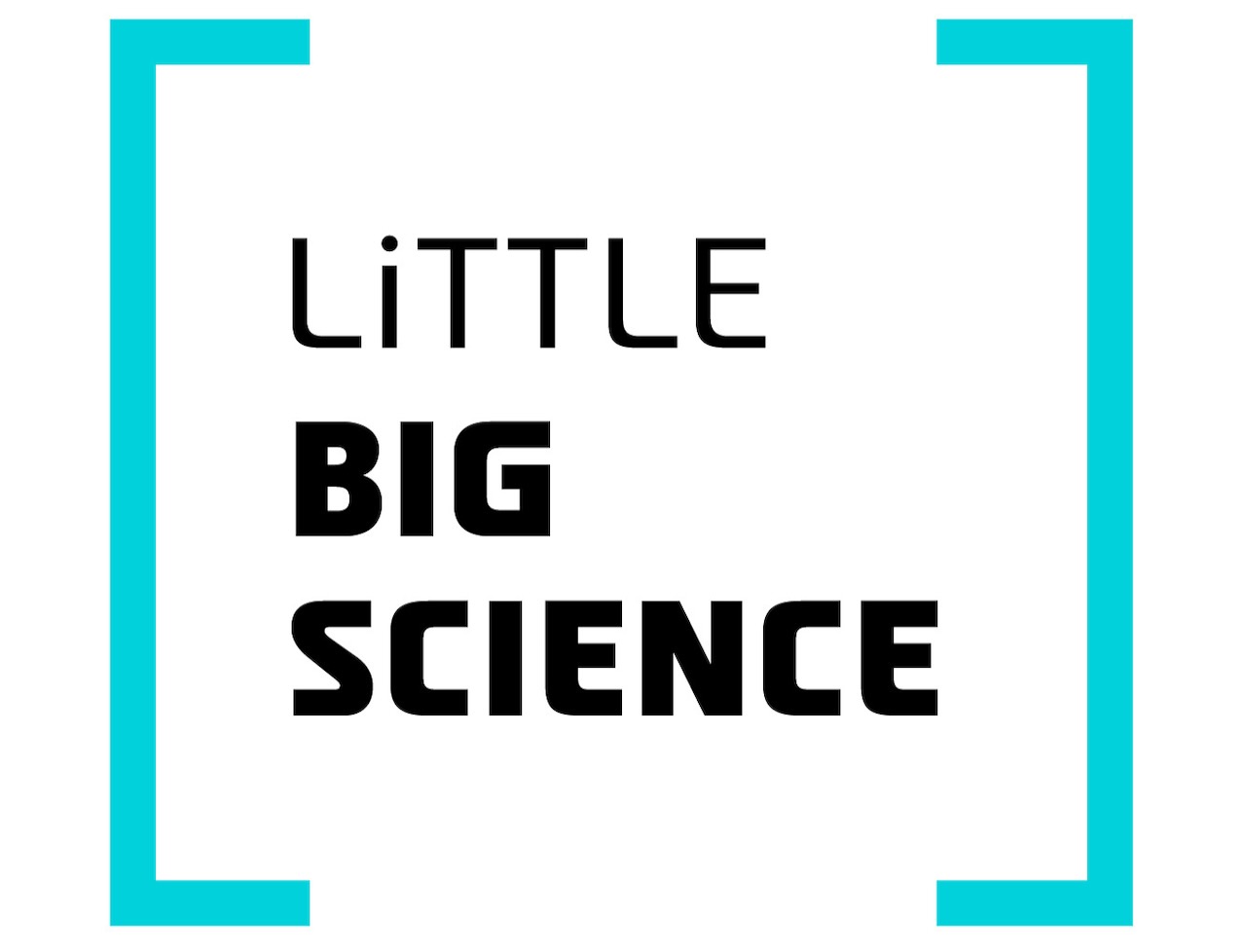
Today is RNA Day. RNA performs vital functions in the cells of living organisms, such as protein synthesis and gene regulation. According to the "RNA World" hypothesis, RNA predated proteins or DNA in the origin of life, and proposes that ancient life relied on RNA that could replicate itself and catalyze chemical reactions. On World RNA Day we celebrate RNA research and its contribution to the forefront of medicine through new treatments.
Advertisement
Every year, we celebrate World RNA Day on the first of August. Why on August 1? Because August is abbreviated as AUG, which is also the start codon in most RNA molecules from which the ribosome produces proteins. So, what is a codon and what does AUG mean?
RNA stands for RiboNucleic Acid. An RNA molecule is a very long strand composed of a chain of building blocks called nucleotides. Each nucleotide consists of three parts: a sugar molecule (ribose), a phosphate group, and a nitrogenous base that contains carbon, nitrogen, oxygen, and hydrogen atoms. Altogether there are four kinds of such bases, and each nucleotide is named after its base, since the sugar and phosphate are identical in all of them. They are usually denoted by the first letter of their names. The four RNA nucleotides are adenine (A), uracil (U), guanine (G), and cytosine (C).
Most RNA molecules are constructed according to the base sequence of DNA molecules, which are also nucleic acids built from nucleotides and serve as the basis of our hereditary material. The order of nucleotides in a strand is determined by the base-pairing principle: each nitrogenous base forms a chemical bond only with one specific partner. Guanine pairs with cytosine, and adenine pairs with uracil. In this way, two complementary strands are formed (see Figure 1).

Figure 1
In DNA, as opposed to RNA, the sugar molecule is deoxyribose, and thymine (T) replaces uracil. Another important difference lies in their three-dimensional structure: While DNA usually forms a double helix composed of two complementary strands connected by base pairs like the rungs of a ladder, RNA typically appears as a single strand, or in various two- or three-dimensional conformations with partial base pairing, depending on the RNA type and its role. For example, an RNA chain sometimes folds back on itself in a hairpin-like structure, and these shapes are crucial for the RNA’s function in the cell [1].
Proteins—such as insulin, which regulates blood sugar, or hemoglobin, which carries oxygen in the blood—are the molecules that perform most life processes in the cell. They are built in the combined processes of transcription and translation [2, see Figure 2]: First, a messenger RNA (mRNA) molecule is synthesized, transcribed, based on the nucleotide sequence of DNA that contains the instructions for producing the protein. The mRNA then travels to the ribosome, a tiny machine that can read the information in the instruction manual and produce proteins accordingly—this is translation. The ribosome reads the mRNA sequence in groups of three nucleotides, assigning a specific amino acid to each triplet and attaching it to the growing protein chain—these triplets are the codons. The first codon, which tells the ribosome where to begin translation, is almost always AUG, i.e., the adenine-uracil-guanine triplet.

Figure 2
In recent years, mRNA molecules have made headlines thanks to the COVID-19 vaccines developed by Pfizer and Moderna, which are based on mRNA molecules that instruct the recipient’s cells to produce one of the virus’s envelope proteins [3] and train the immune system to recognize it.
However, many RNA types do not encode proteins: about 98% of the RNA in eukaryotes (all living organisms except bacteria and archaea) is not translated into protein. The two main classes of non-coding RNA (ncRNA) are transfer RNA (tRNA) and ribosomal RNA (rRNA), both involved in translation. There are also additional non-coding RNAs that participate in regulation of gene-expression, RNA processing, and other vital cellular functions.
Unlike mRNA, which serves as a template for protein production, ncRNAs act directly as RNA molecules to influence the regulation of protein expression in the cell [4]. For example, they take part in the cellular response to environmental changes and stress, ensuring that appropriate genes are expressed and proteins are produced in line with changing conditions.
Research into various ncRNAs is an emerging field in molecular biology and genetics, offering insights into the complex regulatory networks inside cells. There are also ample research efforts focused on their roles in diseases, including cancers, where their dysregulation can lead to uncontrolled cell division. They therefore hold therapeutic potential and can serve as disease biomarkers. With the advanced gene-editing tools developed in recent years, it is now possible to target RNA directly and thereby influence various cellular processes [5, 6].
If you are still not convinced of the importance of RNA in your life, wait until you hear this: there is a hypothesis that RNA is the origin of life on Earth! The “RNA world” hypothesis proposes that early life was based mainly on RNA molecules. According to this idea, RNA not only stored genetic information but also catalyzed chemical reactions—a role usually associated with proteins today. Even now, ribosomal RNA plays a key catalytic role, for example in the active site of the enzyme that links amino acids into the growing protein chain.
Moreover, unlike DNA, RNA can self-replicate. This ability is significant because, in theory, it allowed RNA to exist independently as genetic material. Thus, simple RNA-based life likely preceded DNA and proteins, before complex cells appeared during evolution. This hypothesis provides a plausible mechanism for the transition from pre-biotic chemistry in the early days of Earth to living cells [7].
So on August 1 we celebrate this molecule, which is central to a wide array of cellular processes, and the decades of research that have enabled advances in treatments based on RNA biology.
Hebrew Editing: Galia Halevy-Sadeh
English Editing: Elee Shimshoni
References:








